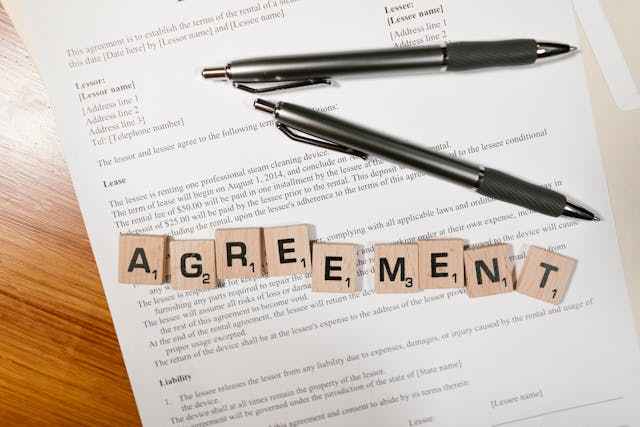Contents
Operating Lease vs. Finance Lease: In-Depth Analysis

Leasing is a common financial strategy for businesses seeking to acquire assets without the upfront costs of ownership. Operating leases and finance leases represent two distinct approaches, each with its unique characteristics and implications. Let’s explore these lease types in detail with examples:
Ownership Dynamics
- Operating Lease:
- Characteristics: The lessor retains ownership throughout the lease term.
- Example: A company leases office space for three years. At the end of the term, the lessee has the option to renew or relocate, but ownership remains with the landlord.
- Finance Lease:
- Characteristics: The lessee assumes ownership-like responsibilities and gains the option to purchase the asset.
- Example: A manufacturing firm leases specialized machinery for five years. At the end of the term, the lessee can acquire the machinery at a predetermined bargain purchase option.
Duration and Flexibility
- Operating Lease:
- Characteristics: Generally short-term, providing flexibility for periodic upgrades or relocations.
- Example: A technology company leases laptops for two years. After the term, they can return the laptops and upgrade to the latest models.
- Finance Lease:
- Characteristics: Often, long-term, reflecting a commitment to the asset’s economic life.
- Example: An airline leases aircraft for ten years, aligning with the expected lifespan of the planes.
Accounting Treatment
- Operating Lease:
- Characteristics: Treated as an off-balance-sheet transaction. Lease payments are considered operational expenses.
- Example: A retail store leases storefront space, and the associated lease payments are expensed monthly.
- Finance Lease:
- Characteristics: Both the leased asset and the liability appear on the lessee’s balance sheet.
- Example: A construction company leases heavy machinery, and the value of the machinery and lease liability is reflected on the balance sheet.
Risks and Rewards
- Operating Lease:
- Characteristics: The lessor retains the risks and rewards, and the lessee focuses on using the asset.
- Example: Leasing a fleet of delivery trucks allows the lessee to benefit from the trucks’ use without worrying about fluctuations in their resale value.
- Finance Lease:
- Characteristics: Lessee assumes ownership-like risks and rewards, influencing asset management decisions.
- Example: Leasing a specialized printing press places responsibility on the lessee for maintenance and value preservation.
End-of-Lease Options
- Operating Lease:
- Characteristics: Lessee often has options to return, renew, or upgrade the asset.
- Example: A software company leases office equipment and decides to return it at the end of the term for newer, more advanced models.
- Finance Lease:
- Characteristics: Lessee typically has the option to purchase the asset at a predetermined price or return it.
- Example: A medical facility leases diagnostic equipment and chooses to exercise the option to buy the equipment at a favorable price at the end of the lease.
Examples of Use
- Operating Lease:
- Common Examples: Vehicle leases, office space leases, equipment leases for short-lived technology.
- Finance Lease:
- Common Examples: Real estate leases, leases for specialized machinery, long-term equipment leases.
Financial Implications
- Operating Lease:
- Implications: Lower upfront costs, flexibility, off-balance-sheet treatment.
- Example: Leasing a company car for sales representatives allows for predictable monthly expenses without a large initial investment.
- Finance Lease:
- Implications: Higher overall costs, potential tax advantages, ownership benefits.
- Example: A construction firm leases heavy-duty construction equipment, benefiting from potential tax deductions associated with depreciation.
Conclusion
The choice between operating and finance leases hinges on a business’s specific needs, financial objectives, and the nature of the leased assets. Both types offer advantages, and understanding their nuances empowers businesses to make strategic leasing decisions aligned with their long-term goals.